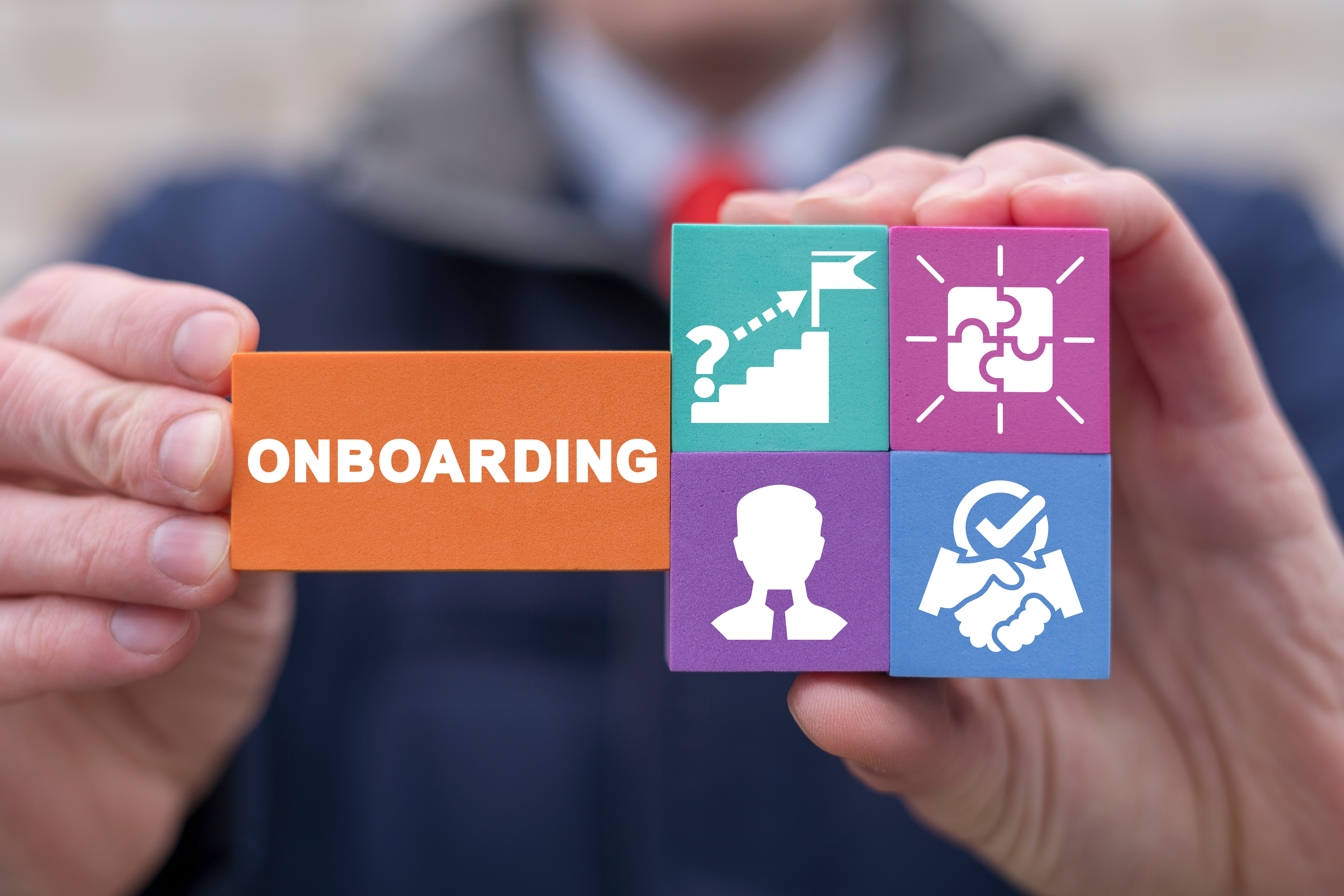Welcome to the world of work, where the journey of a thousand projects begins with a single day: the first one. That first day can set the tone for a new hire’s entire career at your company, so it's pivotal to ensure it's a positive and memorable experience. In this guide, we'll walk through the essentials of transforming the employee experience from day one with a successful onboarding program.
The Power of First Impressions
First impressions are lasting impressions. A study by BambooHR found that a third of professionals surveyed left a job within six months, with a lack of effective onboarding cited as a primary reason for their early departure. These numbers underscore the significance of the onboarding process not just for the employee but also for the employer brand and the ROI of your recruitment efforts.
As you delight your new hires from the get-go, you're not just boosting morale; you're making a smart investment. SHRM reported that companies spend an average of 42 days and around $4,129 to fill a position. Maximizing this investment means going beyond the swag and team building activities and into the realm of strategic onboarding.
Onboarding as a Strategic Process
Onboarding is more than a one-off event; it's a comprehensive strategy that begins even before the new hire sets foot in the office. Here's how to make it count:
- Set Clear Expectations: Reduce new hire stress by communicating basic information such as directions, the schedule, and lunch plans in advance. Danny Speros from Zenefits suggests building in 'me' time so the employee can reflect on the day’s learnings.
- Prepare Logistically: Ensure everything is ready for their arrival. Such as a checklist that includes equipment setup and scheduling the first week's activities, ensuring a blend of administrative tasks and personal introductions.
- Early Communication: Start building a connection with the new hire as soon as they accept the offer. Sarah Wilson from SmartRecruiters mentions sending tactical information, swag packages, and even a 'pump you up playlist' before their first day.
Cultivating a Welcoming Culture
The first day should focus on making new hires feel at home. Send them basic information in advance, notify the office of their arrival, and make sure everyone knows to give them a warm welcome.
While some paperwork is inevitable, prioritize introductions to the team and the company culture. Establishing these connections early on empowers new hires and gives them a network to rely on for future inquiries.
Incorporating Best Practices for Diverse Talent
Diversity and inclusion are integral to modern onboarding processes. When implementing fair chance hiring practices, balance the approach by providing additional support without singling out individuals. Remember that organized and consistent onboarding benefits all employees, promoting a sense of belonging and a willingness to grow with the company.
Measuring Success and Retention
According to the Glassdoor and Brandon Hall Group, robust onboarding programs can improve new hire retention by 82% and productivity by over 70%. This statistic is a call to action: measure your onboarding success and continually seek improvements.
Conclusion
Optimizing the onboarding process can have immediate and long-lasting effects. Involve long-standing employees in the process by asking for their insights. What do they wish they had known when they started? What common questions do they hear from new team members?
Employee onboarding is not just a step in the hiring process—it's a pivotal experience that can transform how new hire’s view and grow within your company. A thoughtful, comprehensive approach ensures that every new team member is set up for success, reinforcing a positive company culture and fostering lasting engagement. Happy onboarding!



